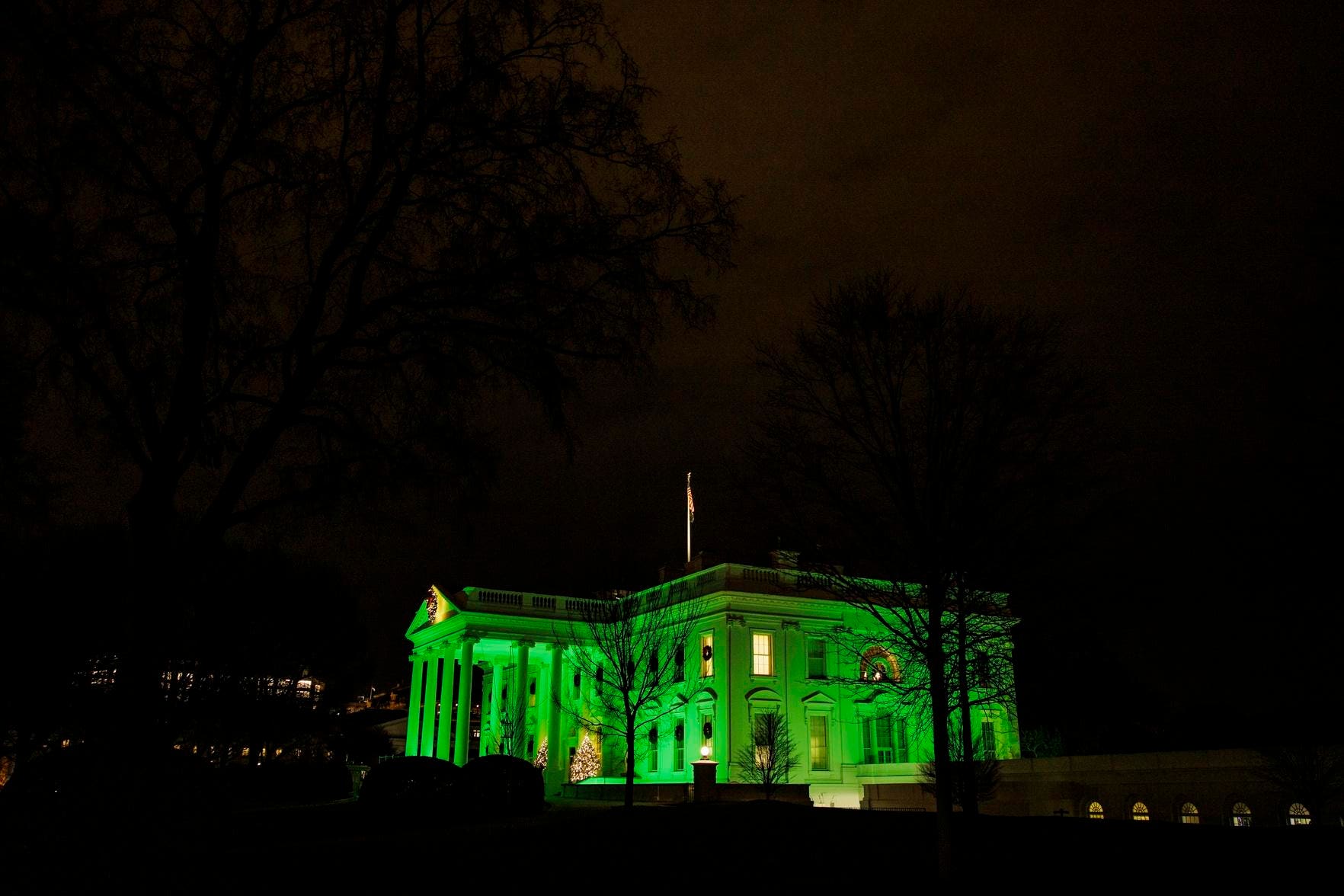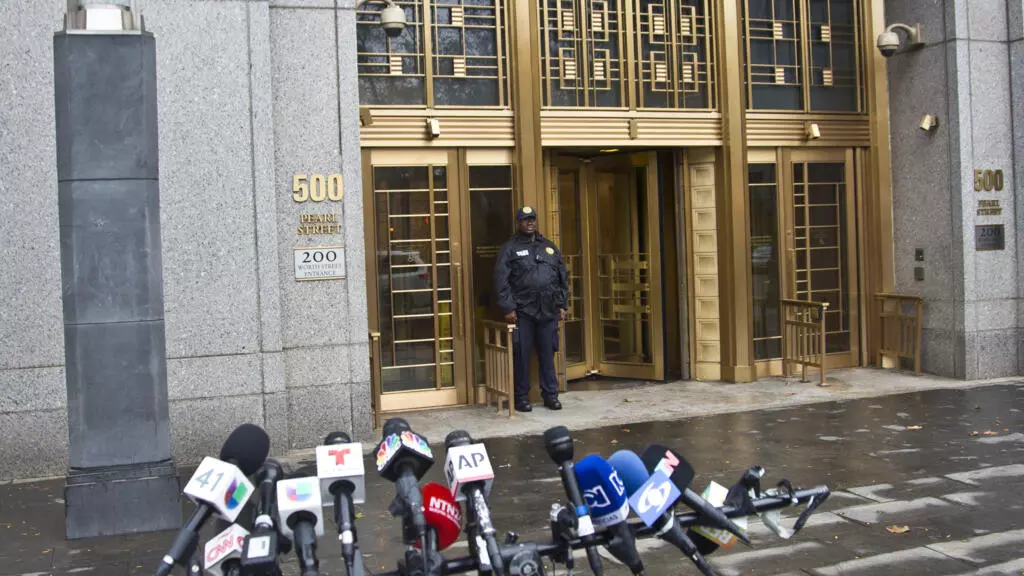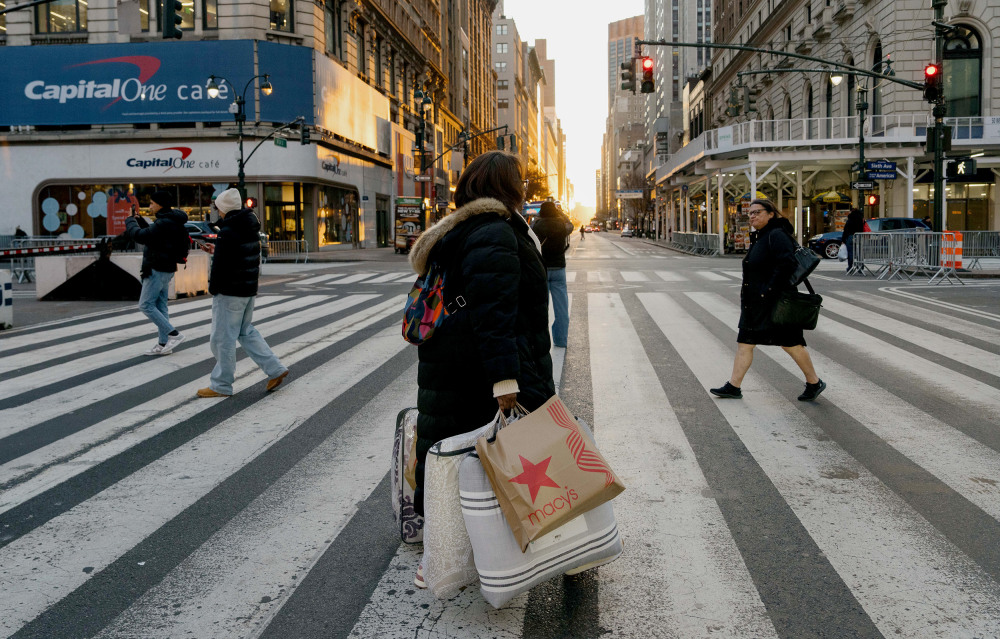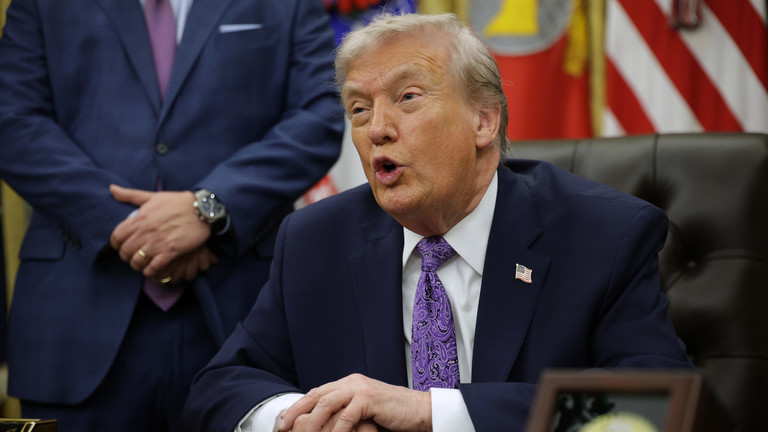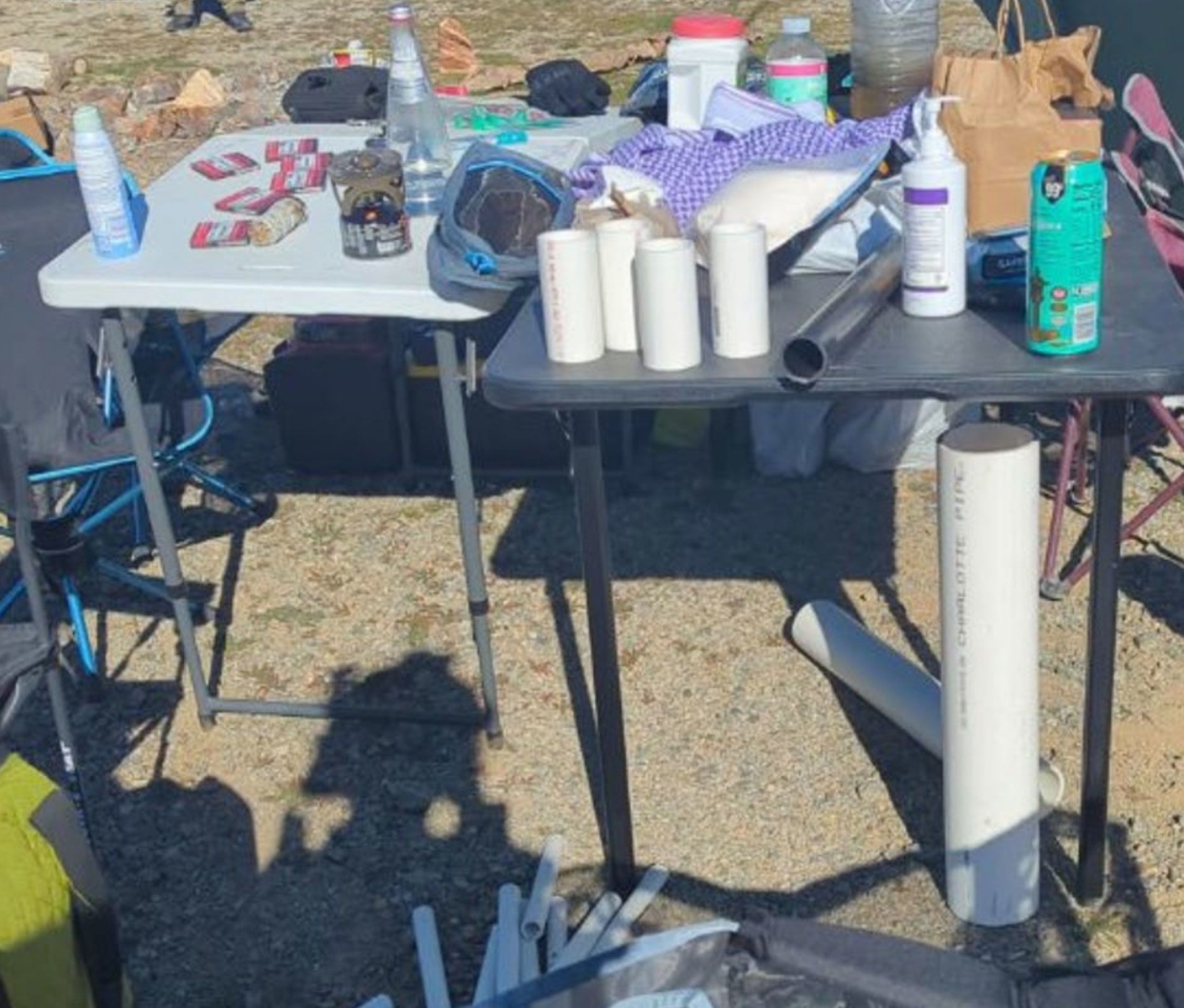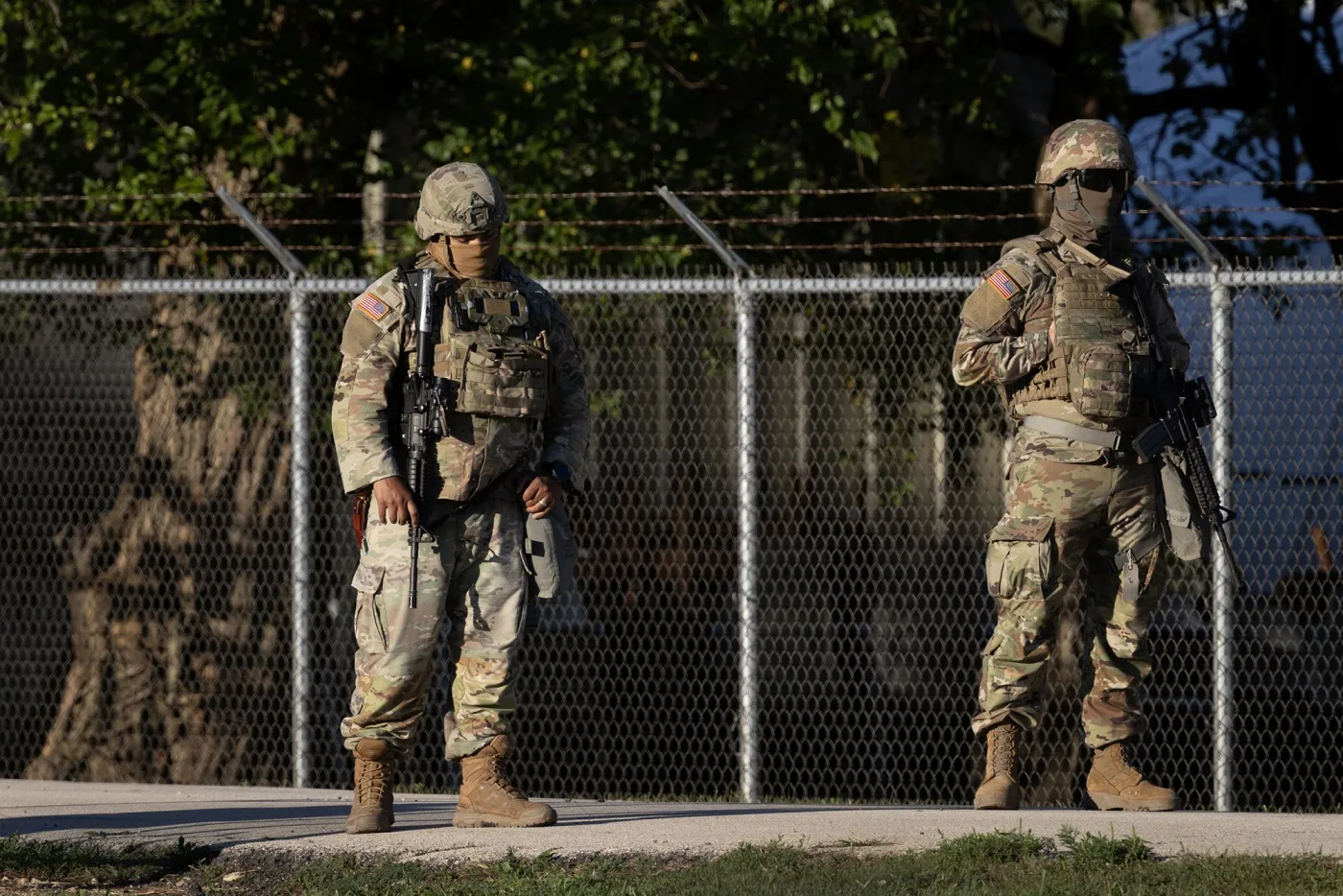
This article is more than
5 year old‘It will be bad’: Why the US is screwed
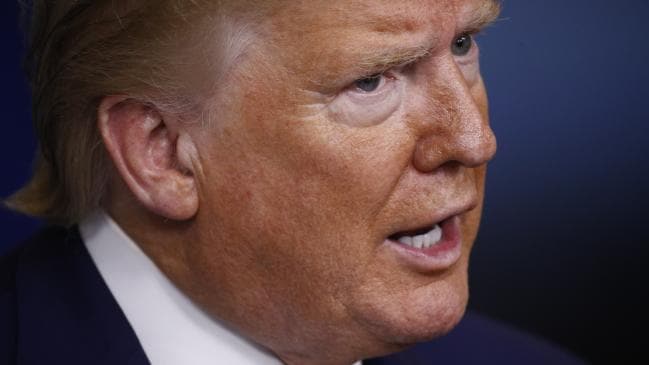
ANALYSIS
“Right now, things are looking really good,” US President Donald Trump said at Sunday’s White House coronavirus briefing (local time).
“We’re starting to see the light at the end of the tunnel.”
Some would say those words were optimistic. Others might call them delusional.
The United States is now the undisputed epicentre of the coronavirus pandemic. It has recorded 336,830 confirmed cases – more than Spain, Italy and the United Kingdom combined. Today its death toll, currently at 9618, will reach five digits.
And according to the medical experts, the worst week yet is about to hit.
“This is going to be the hardest and saddest week of most Americans’ lives, quite frankly,” the Trump administration’s Surgeon General, Jerome Adams, said yesterday.
“Buckle down,” said Dr Anthony Fauci, the country’s top expert on infectious diseases. “Because it is going to be a bad week.”
Mr Trump’s bright assessment even conflicted with his own comments less than 24 hours earlier, when he admitted there would be “a lot of death”.
RELATED: Trump warns Americans there will be ‘a lot of death’
America is, quite simply, screwed.
For months, it failed to prepare for the outbreak, and now its already flawed health system is nowhere near ready to deal with the coming onslaught.

President Donald Trump. Picture: Patrick Semansky/APSource:AP
SLOW TO RESPOND
Over the weekend, The Washington Post published a thorough report on the Trump administration’s response to the virus, based on interviews with dozens of sources.
That report says the US government received its first formal notification of the outbreak in China on January 3 – and for 70 “squandered” days after that, did little to prepare.
Part of that is China’s fault. The country’s government repeatedly covered up the threat of the virus until January 20, when it finally admitted human-to-human transmission was happening and moved towards locking down Wuhan.
But China cannot be blamed for the ineptitude that followed those initial days.
By mid-January, Mr Trump’s Health Secretary Alex Azar had started to mobilise officials in his department to deal with a potential outbreak. However, he failed to bring the issue to the attention of the person who mattered most – the President.
On January 22, the day after the first coronavirus case in the US was identified, CNBC asked Mr Trump whether he was worried about a pandemic.
“No, not at all,” he said.
“We have it totally under control. It’s one person coming in from China, and we have it under control. It’s going to be just fine.”
That comment was the first of many downplaying the virus.
In late January, White House officials were fixated on stopping infected people from travelling to the US from China. So fixated, in fact, that they barely discussed America’s dangerously depleted stockpile of ventilators and other personal protective equipment.
Their work culminated in a travel ban barring non-citizens who had recently been in China from entering the country.
Hundreds of thousands of people had already made the trip by that point. Still, Mr Trump told Fox News the ban had “pretty much shut it (the virus) down”.
It took him another month to ban travel from Europe.
RELATED: United States bans incoming travel from Europe
Throughout February, officials dithered and argued behind the scenes while the President, in front of the cameras, continued to brush off the threat.
“We’re going down, not up. We’re going very substantially down, not up,” he claimed during a press conference on February 26, as cases within the US started to rise. He said there could be just “one or two” infected people in the near future.
There were 60 confirmed cases at that point. A month later, there were more than 10,000.
THE MOST CRUCIAL MISTAKE
As the pandemic reached that critical point tipping point, three shortages hampered America’s ability to respond properly.
We mentioned two of them already. There aren’t enough ventilators, and there isn’t enough protective equipment. The Trump administration’s slow response is largely to blame.
A review of federal purchasing contracts by AP shows federal agencies waited until mid-March – not January or February, but March – to start placing bulk orders of N95 masks, ventilators and other equipment needed by frontline health workers.
By that point, hospitals in several states were already treating thousands of infected patients without adequate equipment, and were pleading for shipments from the national stockpile.
“We basically wasted two months,” Kathleen Sebelius, health and human services secretary during the Obama administration, told AP.
The lack of a federal stockpile has left states competing with each other to secure the limited amount of equipment on the market.
“You now literally will have a company call you up and say, ‘Well, California just outbid you,’” New York Gov. Andrew Cuomo said last week.
“It’s like being on eBay with 50 other states, bidding on a ventilator.”
Mr Trump is on the record as saying states like New York don’t actually need the full number of respirators and masks they’ve requested. He had better hope he’s right.
Something else he has repeatedly said is accurate beyond any doubt – the coronavirus is an “invisible enemy”.
The President means it in a literal sense – you can’t physically see the virus. But the term is even truer than he realises.
In those crucial early months, health officials were not able to track the disease’s spread across the country, because of the third crucial shortage – and the government’s most disastrous mistake. There were not enough test kits.
Mr Trump rejected an early offer from the World Health Organisation to provide test kits, instead tasking the Centres for Disease Control and Prevention (CDC) with developing its own. The test it produced proved to be faulty.
So, for the entirety of February, there were practically no tests available. The virus was allowed to spread undetected, and the US has been playing catch-up ever since.
Australia’s chief medical officer Brendan Murphy framed the problem quite well over the weekend, as he compared our official figures to those in countries that failed to implement widespread testing early.
“I’m certainly not confident the numbers out of the US aren’t much higher than are being reported, because nobody else in the world has been doing testing like we have,” Professor Murphy said.
“Nobody else in the world got on to all those original cases out of Wuhan in January and contained them. That’s why we are now dealing with what we know, rather than a huge community transmission that happened all through February in countries like Italy and the US. We’re on top of the cases.”

Donald Trump. Picture: Eric Baradat/AFPSource:AFP
TRUE DEATH TOLL ‘MUCH HIGHER’
Taken together, these factors paint an astonishingly grim picture.
The United States already has the largest recorded coronavirus outbreak in the world. It doesn’t know where the virus is, because for weeks, testing was far too sporadic to track it. Hospitals do not have enough equipment to deal with a surge in demand, because the federal government waited until mid-March to address its shortages.
And at the top, making the decisions, is a President who did not take the problem seriously for months – and who is still far more optimistic than his own government’s experts.
There’s one last problem to mention as well. As bad as they already are, the US’s official numbers are almost certainly underplaying the extent of the crisis.
There has been plenty of suspicion around the figures coming out of China – US intelligence agencies believe it is lying about the number of cases and deaths within its borders.
RELATED: China accused of lying about coronavirus figures
Nothing quite so sinister has happened in the US, but that doesn’t make the situation any less worrying.
Until last week, when the CDC’s guidelines were tweaked, no death could be chalked up to the coronavirus unless the patient in question had tested positive for the disease.
That is significant, because during the testing shortage, even patients with clear coronavirus symptoms could not access test kits. Which means an unknown number of people died from the virus without being added to the official death toll.
Instead, experts believe, a number of early deaths were wrongly attributed to pneumonia or the regular flu.
RELATED: How Australia’s testing compares to the United States
Even now, the problem has not been fully resolved. Rural doctors in particular still don’t have access to test kits.
“The coronavirus is almost certainly killing Americans who are not included in the nation’s growing death toll,” writes The Washington Post, citing health experts and US government officials.
“Inconsistent protocols, limited resources and a patchwork of decision-making has led to an undercounting of people with the coronavirus who have died,” says The New York Times.
“Across the United States, even as coronavirus deaths are being recorded in terrifying numbers – many hundreds each day – the true death toll is likely much higher.”
Mr Trump recently decided a death toll of 100,000-240,000 would represent his administration doing a “very good job”. The next week will tell us how achievable that target is.
